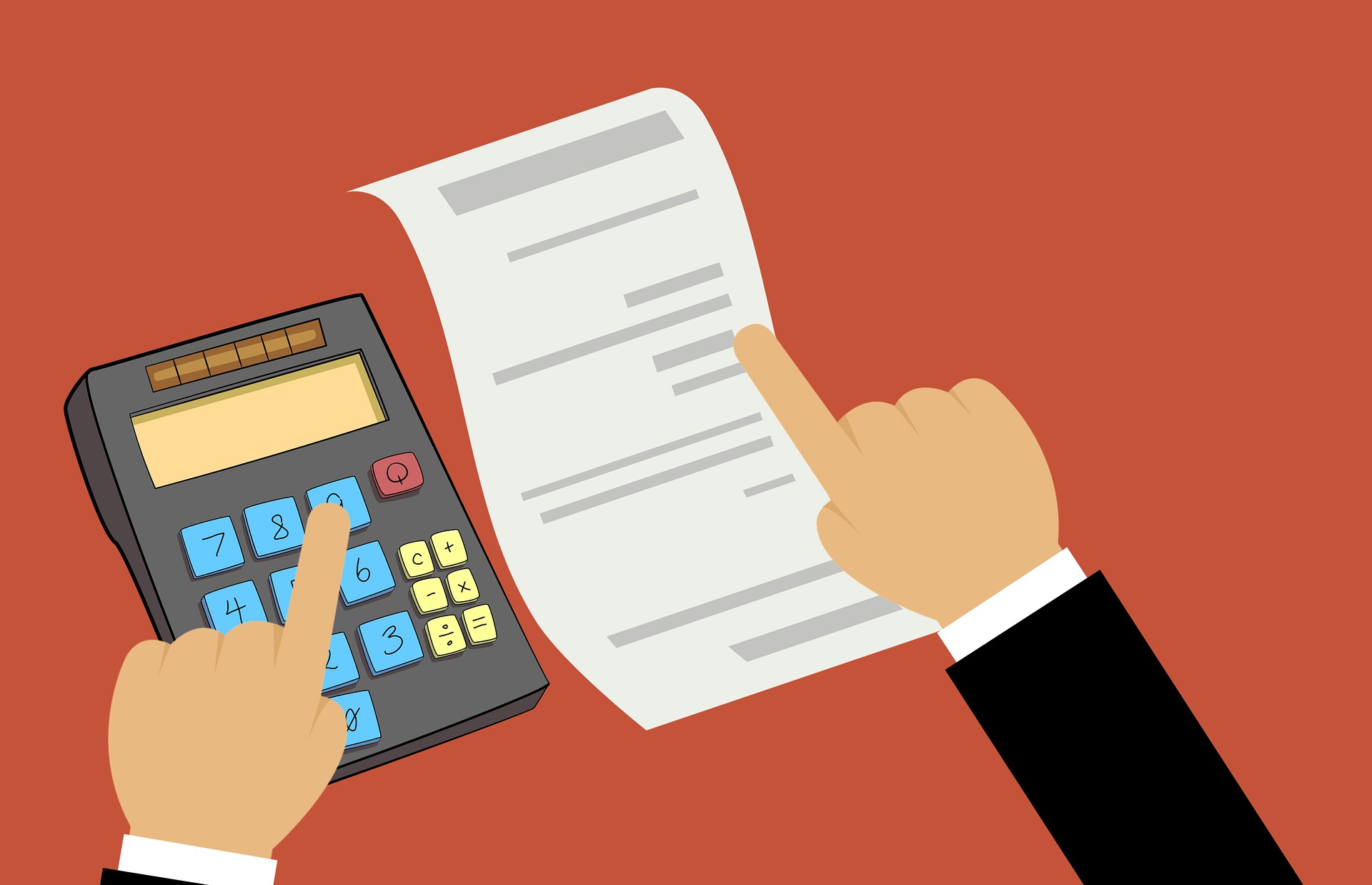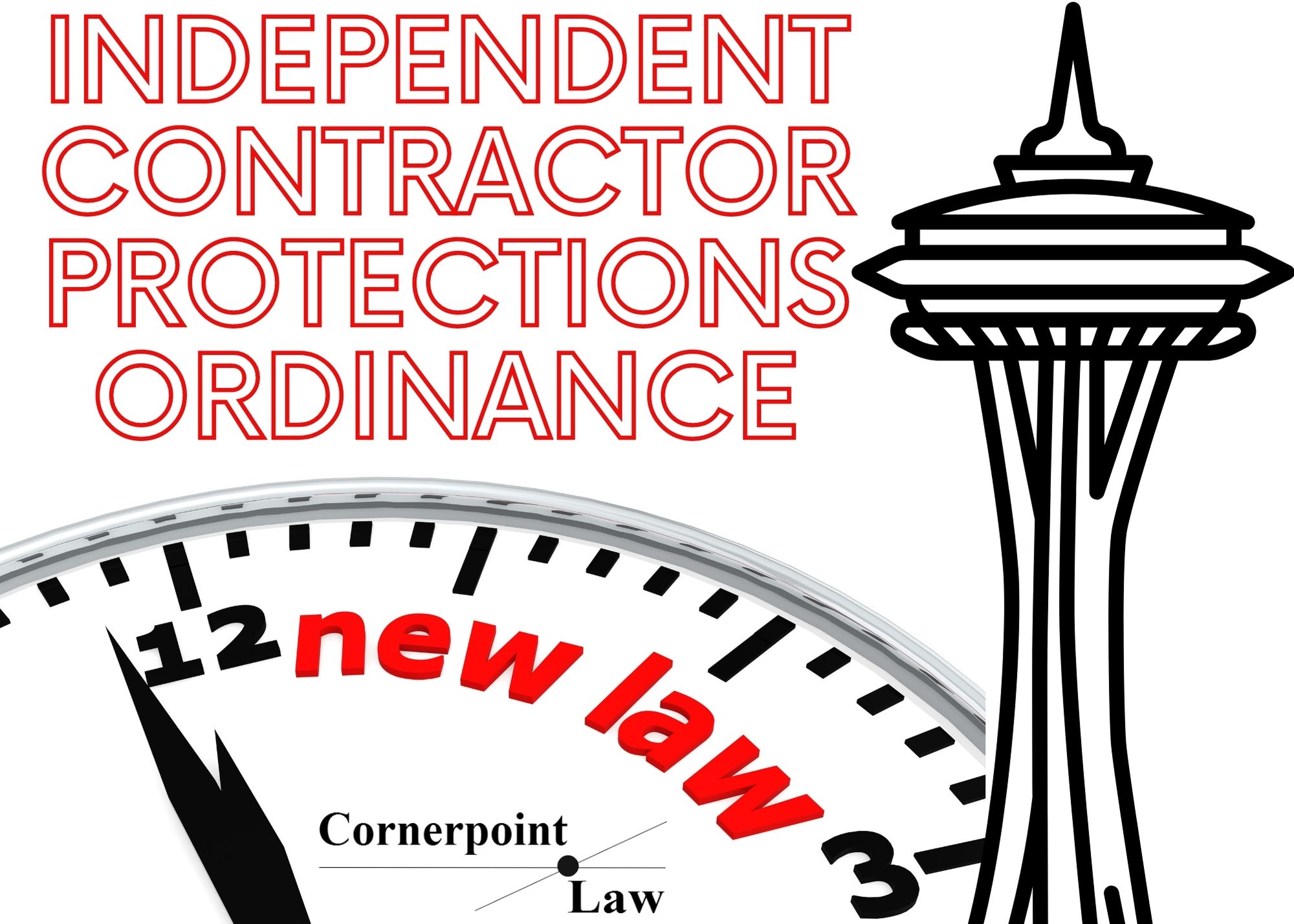Seller Beware: Conclusion
May 26, 2017
Unauthorized use and/or duplication of blogposts without express and written permission is strictly prohibited. Excerpts and links may be used, provided that full and clear credit is given, and with appropriate and specific direction to the original content.
The author of this post can be reached by phone at 206-693-2718 or by email.
Navigating the Washington Product Liability Act
Part Four: Conclusion
by Stacia Hofmann
In this concluding post in the blog series Seller Beware: Navigating the Washington Product Liability Act, I’ll revisit the product liability of manufacturers and non-manufacturing product sellers, discuss the latest developments in the Modisette lawsuit against Apple (it was dismissed), review two recent Washington product liability cases, and mention a few risk management tips.
Category Category Category
If there is one overarching takeaway from this blog series, it is that categorizing is the first step in determining a product seller’s liability for defective products. To successfully manage their risks, businesses in the product pipeline need to know what claims and liability theories apply when someone is injured or suffers property damage because of a product.
Strict product liability – liability for an unsafe product even in the absence of negligence – is a deviation from our typical tort law rules. If a manufacturer acts reasonably, but sells an unsafe product due to the product’s design, construction, or inadequate warnings, a finding of liability may still result, as discussed in The Buck Stops With the Manufacturer. Moreover, as covered in Rapids in the Product Pipeline, there are circumstances where non-manufacturing product sellers, such as retailers, step into the strict liability shoes of a manufacturer, and where service providers who also sell products are subject to the Washington Product Liability Act (“WPLA”).
Product sellers should familiarize themselves with the language of the WPLA, RCW 7.72 et seq. I’ve created this flowchart to help guide you through the statute:
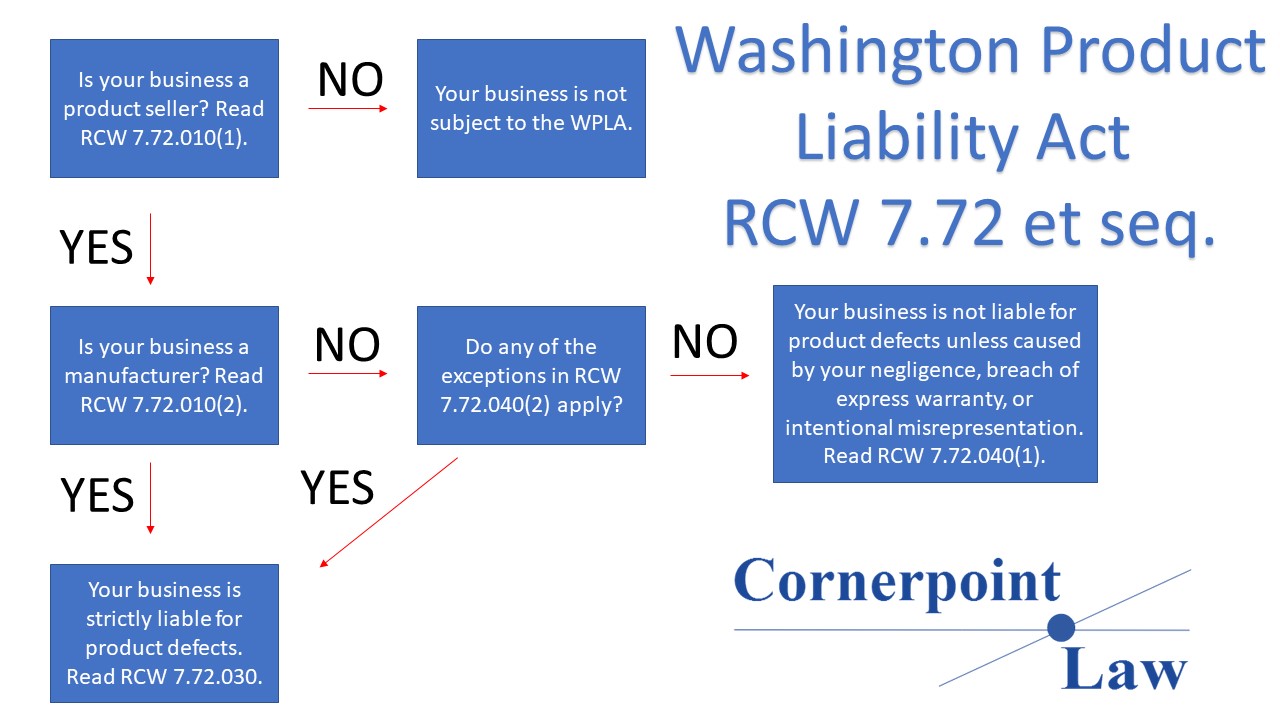
Dismissal of the Modisette Lawsuit
As we’ve tracked the categories of product sellers throughout this blog series, we’ve also discussed an interesting (and tragic) product liability lawsuit against Apple. In that (California) case, the Modisettes allege that 5-year-old Moriah was killed in an automobile accident because a driver was using FaceTime at highway speeds. Her family claims that Apple’s iPhone, pre-installed with FaceTime, was defective because Apple had patented, but not installed, non-bypassable software that would disable certain phone functions if it detected a driver was traveling at highway speeds.
 A judge dismissed the case earlier this month at a very early stage in the lawsuit. The judge found that even if all of the Modisettes’ alleged facts were indeed true, California law did not support the claims. Apple, the judge said, owed no duty to prevent car accidents caused by distracted driving. The judge determined that given the numerous potential sources of distracted driving, allowing the case to go forward would mean that all sellers that make products that can lead to distracted driving (i.e. cosmetics manufacturers, fast food restaurants, car stereo manufacturers) could also be liable for distracted driving. The judge found the connection between the iPhone and the plaintiffs’ harm just too tenuous to go forward.
A judge dismissed the case earlier this month at a very early stage in the lawsuit. The judge found that even if all of the Modisettes’ alleged facts were indeed true, California law did not support the claims. Apple, the judge said, owed no duty to prevent car accidents caused by distracted driving. The judge determined that given the numerous potential sources of distracted driving, allowing the case to go forward would mean that all sellers that make products that can lead to distracted driving (i.e. cosmetics manufacturers, fast food restaurants, car stereo manufacturers) could also be liable for distracted driving. The judge found the connection between the iPhone and the plaintiffs’ harm just too tenuous to go forward.
I would guess that the Modisettes will appeal. The case has received press coverage, and the family has alleged a specific example of an alternative product that they claim would be safer without impacting the phone’s usefulness. I think the Modisettes might be able to persuade an appellate court that the case should not have been dismissed so early on. Whether the Modisettes’ claims are able to survive later stages of litigation — and whether the family could ever persuade a jury — are different questions.
The Product Liability Clock Just Keeps on Ticking
Categorizing product sellers is a necessary first step in determining product liability standards, but after that, other legal tests and rules come into play — all too numerous and detailed to cover here.
Yet, just while I’ve been working on this blog series, at least two important Washington cases concerning product liability have been decided by our appellate courts, and they are at opposite ends of the technology spectrum.
First, last month, in an opinion expounding on a 2012 Washington Supreme Court case, the Court of Appeals held that a manufacturer has a duty to warn of the hazards of an unsafe product manufactured by someone else if it knows that the unsafe product is used in conjunction with its own safe product.
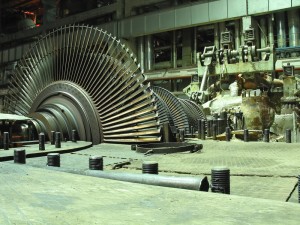 GE manufactured steam turbines used on navy ships in the 1940s and 1950s. In Woo v. General Electric Company,1 an engineer who worked aboard the ships back then died of mesothelioma in 2009, and his estate pursued a product liability suit against GE and others for asbestos exposure. There was no evidence that GE’s own products – the steam turbines – were unsafe. But there was evidence that GE knew that the insulation, gaskets, and the like, manufactured by others and used for the proper functioning of the steam turbines, used asbestos and were thus unsafe. The appellate court held that GE could be liable for failing to warn of the hazards of those asbestos-containing products, reversing the trial court judge’s dismissal of the lawsuit.
GE manufactured steam turbines used on navy ships in the 1940s and 1950s. In Woo v. General Electric Company,1 an engineer who worked aboard the ships back then died of mesothelioma in 2009, and his estate pursued a product liability suit against GE and others for asbestos exposure. There was no evidence that GE’s own products – the steam turbines – were unsafe. But there was evidence that GE knew that the insulation, gaskets, and the like, manufactured by others and used for the proper functioning of the steam turbines, used asbestos and were thus unsafe. The appellate court held that GE could be liable for failing to warn of the hazards of those asbestos-containing products, reversing the trial court judge’s dismissal of the lawsuit.
Earlier, in February, the Washington Supreme Court held, for the first time, that a manufacturer of a medical device owes a duty to provide adequate warnings to a hospital that purchases the product, even if the manufacturer provides adequate warnings to the doctors who use it. In Taylor v. Intuitive Surgical Inc.,2 the defendant manufactured the da Vinci System, a robotic surgical device used to perform laparoscopic surgeries. Intuitive Surgical trained doctors how to use the system, and included warnings to doctors to not use the system on obese patients or patients with prior lower abdominal surgeries. A doctor performed a surgery with the system on a severely obese person who had also undergone prior lower abdominal surgeries. Surgery complications resulted in serious injury and hastened the patient’s death. His estate pursued claims against the doctor, the hospital, and Intuitive Surgical.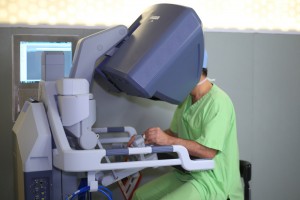
In the product liability suit, a jury found that Intuitive Surgical had adequately warned the doctor of the product’s dangers. But the Washington Supreme Court set aside the jury’s defense verdict, finding that Intuitive Surgical also had a duty to warn the hospital. And here’s something interesting: the Washington State Hospital Association actually took the manufacturer’s side, essentially arguing that since doctors are the ones who use medical devices, there is no need to also warn the hospitals.
You’re not going to find new products manufactured with asbestos anymore, but who knows what may someday be said about the products we use today, especially considering that the rate of technology is only likely to increase? The Woo, Taylor, and Modisette cases demonstrate how both traditional and modern products continually and frequently push the evolution of product liability law.
Risk Management Tips
So how can product sellers manage product liability risk? While certainly not exhaustive, the following list serves as a launching point to help businesses start identifying, assessing, and protecting against product liability risk.
:arrow: Service providers: If you sell products in the course of providing services, determine whether doing so is merely incidental to your services, or whether it subjects you to the WPLA as a product seller.
:arrow: Manufacturers: Test and re-test the design of your product, work with reliable suppliers and component-part manufacturers, establish written quality control procedures for construction, and provide clear and thorough product warnings.
:arrow: Non-manufacturing product sellers: Sell products made by identifiable, reliable, and solvent manufacturers who have sufficient contacts with the State of Washington, don’t make unnecessary warranties and representations about products, and do your due diligence before affixing your brand name to a product manufactured by someone else.
:arrow: Enter into enforceable contracts appropriately allocating liability and other financial responsibilities for defective products.
:arrow: Make sure you have adequate insurance to protect against product liability claims and losses.
This blog is for informational purposes only and is not guaranteed to be correct, complete, or current. The statements on this blog are not intended to be legal advice, should not be relied upon as legal advice, and do not create an attorney-client relationship. If you have a legal question, have filed or are considering filing a lawsuit, have been sued, or have been charged with a crime, you should consult an attorney. Furthermore, statements within original blogpost articles constitute Stacia Hofmann’s opinion, and should not be construed as the opinion of any other person. Judges and other attorneys may disagree with her opinion, and laws change frequently. Neither Stacia Hofmann nor Cornerpoint Law is responsible for the content of any comments posted by visitors. Responsibility for the content of comments belongs to the commenter alone.



